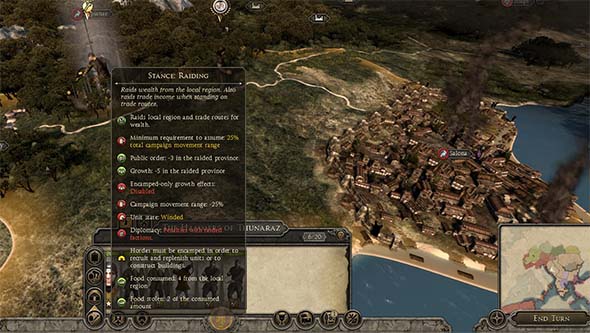

Unlike previous Total War titles, there are two kinds of settlements, each with different advantages and disadvantages: cities and castles. Once the game is completed on any difficulty, the player may begin a new Grand Campaign as any faction with the exception of the Papal States, Mongols, Timurids, Aztecs (only encountered in the New World in the late period) or Rebels.Įach faction controls a number of settlements, and must conquer others in order to continue growing. The long campaign requires the player to control at least 45 territories and one or two significant cities, which are faction specific, such as Jerusalem, Granada, Rome or Constantinople. The short campaign requires the player to defeat one or two enemy factions (for example, the Holy Roman Empire must defeat its historical enemies Milan and Denmark) and control at least 15 settlements. The goal of the campaign depends on which type of campaign is played. When an army engages another army, the player can choose to fight the battle personally in the battle mode, or automatically calculate the outcome. During the player's turn, armies, fleets, and agents can be moved on the map. Gameplay consists of controlling the faction's military, economic, and social systems in large campaign maps. The campaign allows the player to assume control of a faction of the time period, and build a civilization, both economically and militarily in order to conquer other factions. At Hastings, King Harold is erroneously depicted with the Fleur-de-lis. The player then concludes the tutorial with the conquest of Saxon England. Then he joins to fight in the main battle. His initial job is to provide a rearguard whilst the player learns the game controls. The player first takes the role of William Rufus, the son of the army commander William the Conqueror. The game starts with a tutorial based on the Battle of Hastings and the Norman Conquest. Medieval II is built on the code base of Rome: Total War. The timeframe stretches into the era of the historical discovery of the New World, and simulates the discovery and conquest of the Americas. However, unlike its predecessors, the game has a tech tree which spans to the gunpowder age at the end of the game. Like the original Medieval: Total War, it focuses on medieval warfare, religion and politics in Europe, North Africa and the Middle East. Medieval II: Total War, the indirect sequel to 2002's Medieval: Total War and the fourth game of the Total War series by The Creative Assembly, is a game of turn-based strategic rounds and real-time tactically-oriented battles.


 0 kommentar(er)
0 kommentar(er)
